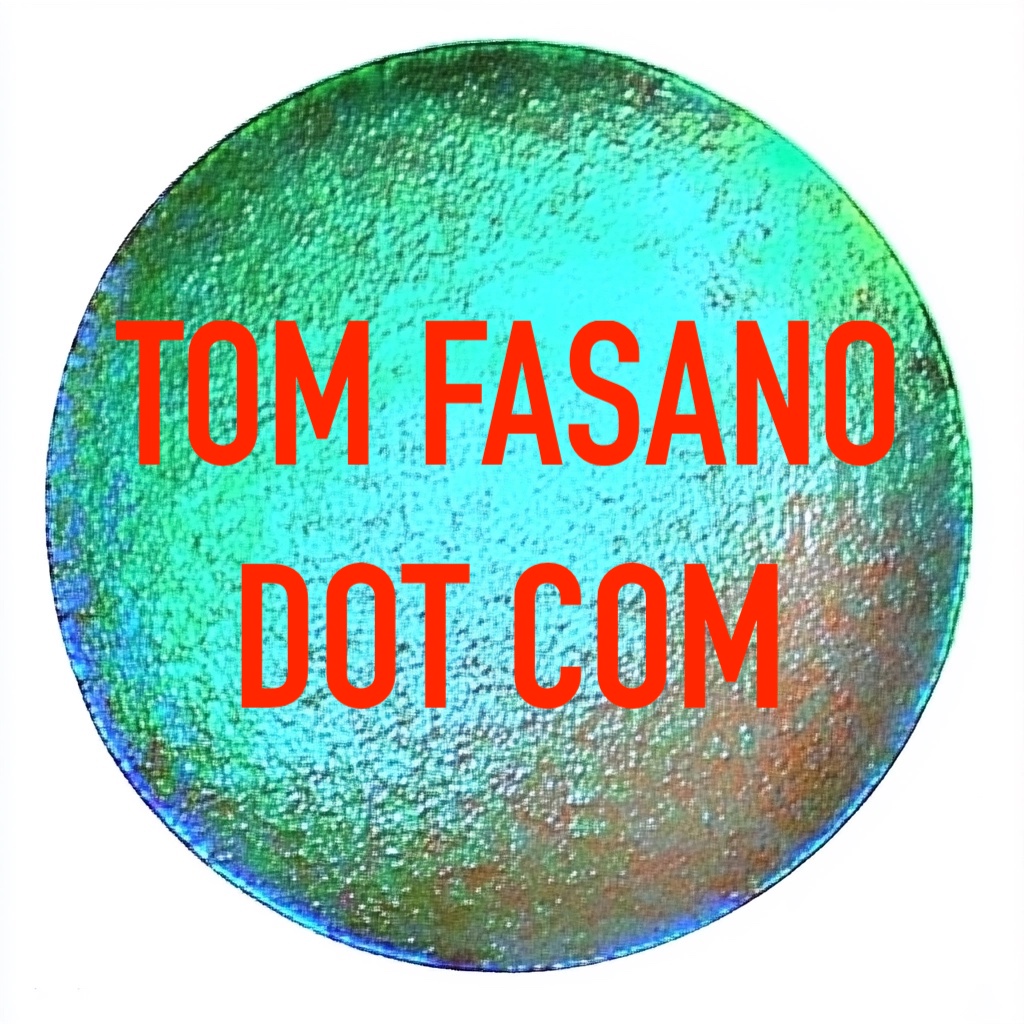I’ve seen this guy around town a lot. This particular video is from last Friday when I made a trip to the Village to take in the preparations for that night’s annual lighting of the Christmas tree. It’s odd that one of the women approaching from the right puts money in his collection urn but doesn’t linger to soak in the tunes.


They were setting up for Santa in front of City Hall.
I loved the topiary nutcracker holding the presents, and when the woman walked by eating a pastry, I knew I had my shot.
I did not stay for the lighting of the Christmas tree, but I did capture this video of the city bus driving by the tree that the city lights up every first Friday in December.
How could I resist taking a snapshot of this huge Christmas ornament outside the Chamber of Commerce?
The American Clock Company is going out of business after many years of serving the community. It was the only place where I could get the battery replaced in my old watch. The guy who ran this old curiosity shop of clocks and timepieces also fixed my grandfather’s wall clock by installing a new battery-operated mechanism. This is one business that will be missed. When this guy walked by holding a bag of chips and a sandwich, I took the snap.

 The photograph showcases a man and a woman standing amidst a verdant backdrop. The man, wearing glasses, dons a casual green t-shirt and has a slight smile on his face. The woman, standing to his right, is dressed in a vibrant red dress and radiates happiness with a broad smile. Her hair is pulled back, emphasizing her high cheekbones and bright eyes. The foliage behind them, with a mixture of light and shadows, creates a serene atmosphere. Their close proximity and warm expressions suggest a comfortable and familiar relationship between the two.
The photograph showcases a man and a woman standing amidst a verdant backdrop. The man, wearing glasses, dons a casual green t-shirt and has a slight smile on his face. The woman, standing to his right, is dressed in a vibrant red dress and radiates happiness with a broad smile. Her hair is pulled back, emphasizing her high cheekbones and bright eyes. The foliage behind them, with a mixture of light and shadows, creates a serene atmosphere. Their close proximity and warm expressions suggest a comfortable and familiar relationship between the two.

The image portrays a graffiti-covered wall situated in a park-like setting with trees and a glimpse of a building in the background. Prominent phrases spray-painted in large letters include “WHEN PPL ARE OCCUPIED,” followed by “RESISTANCE IS JUSTIFIED” and “¡VIVA PALESTINA!” The graffiti showcases a mix of colors, predominantly green, red, and white. Various other markings and tags are scattered throughout the wall. The message suggests political and social activism, specifically concerning the Palestinian cause. The environment appears calm with dappled sunlight filtering through the overhead trees, creating a contrast with the passionate messages on the wall.

Parked on a sunlit urban street is a vintage automobile, painted in a muted grey. The car, with its elegant curves and chrome detailing, stands as a testament to a bygone era of automotive design. Behind the vehicle, storefronts come into view, including one intriguingly named “Stay Gold Barbershop” with its rustic signage. A more modern car sits adjacent to the classic, drawing a clear contrast between old and new. Overhead, a bare tree stretches its branches, casting intricate shadows on the pavement below, adding depth and texture to the scene. The setting seems to be a blend of past and present, where history meets contemporary life.

The panoramic image captures a quiet, tree-lined alleyway. Dominating the foreground is a unique, circular brick building with a weathered facade and a black-shingled roof, hinting at its age and history. The structure is surrounded by a patch of shrubbery marked off with bright green posts. To the left, a white truck is parked outside a pale green building. The narrow road, paved with patches of wear and tear, stretches into the distance, bordered by trees that cast dappled shadows on the ground. It’s a scene that evokes a sense of solitude and a bygone era, despite the presence of modern elements.

Here’s a tree adorned with unsettling clown decorations. The prominent clown face has exaggerated features, including wide eyes, a broad smile, and a pointed hat. It’s draped in tattered red fabric that flutters amongst the tree’s branches. In the background, another similar clown decoration can be seen. The tree stands in a garden area dotted with vibrant flowers, predominantly yellow and orange. The juxtaposition of the eerie clown decorations against the serene garden setting creates a stark contrast, suggesting a possible festive or Halloween-themed decoration.

In the dim glow of a fading afternoon, a window stands defiantly, blinds half-lifted, like the weary eyes of an old chef who’s seen it all. It bears a bold proclamation, “HELP WANTED” screaming in red and white – a call to arms for those brave enough to answer. Beneath, the details: “Linecook/ Dishwasher (Cocinero/ Lavaplatos)”, and a choice – a dance between “Part-time” and “Full-time”. Trees and a hopeful blue sky mirror themselves on the glass, a stark contrast to the world within. There’s a shadow, a specter – me, with camera in hand, but my identity remains a mystery, shielded from view. The photo? It’s got that gritty charm, reminiscent of old memories and tales told over whiskey. It’s a moment, captured in time, waiting for its story to be told. So far, it’s my most popular photo on Lomography.

The image captures a close-up of a man’s face, focusing primarily on his left eye which is accentuated by a pair of black-framed glasses. He wears a gray cap and has earphones plugged in. The man’s skin is lightly freckled, and there’s a hint of a smile or smirk playing on his lips. However, the scene behind him offers a stark contrast. Looming over his shoulder is a menacing creature with skeletal features, red glowing eyes, and sharp, predatory teeth. The creature appears to have wings or appendages, which look somewhat bat-like. Its detailed, ghastly appearance is further accentuated by the backdrop of a white brick house surrounded by greenery. The juxtaposition of the calm, almost playful demeanor of the man against the haunting creature creates a captivating and slightly eerie visual.
















